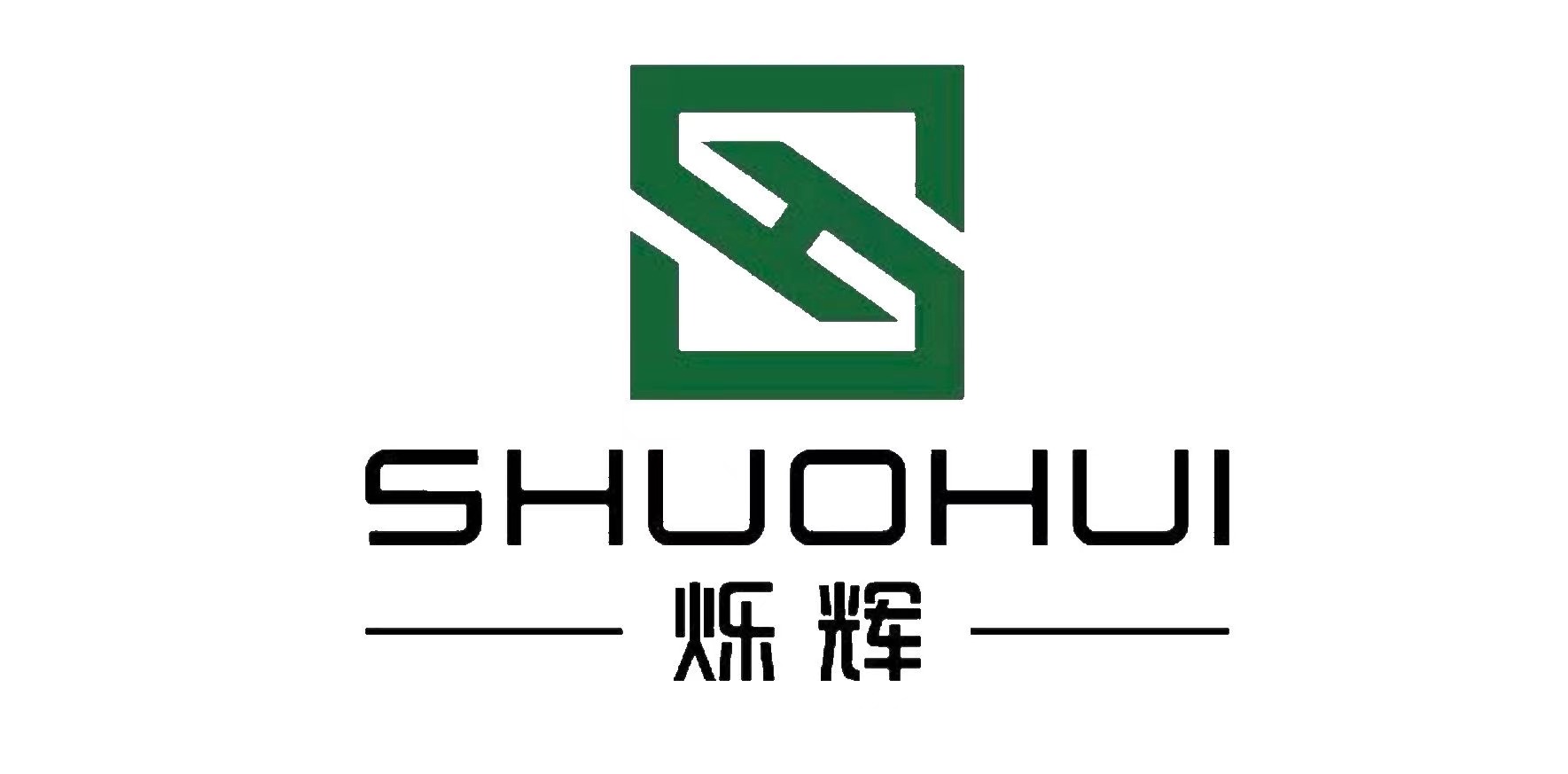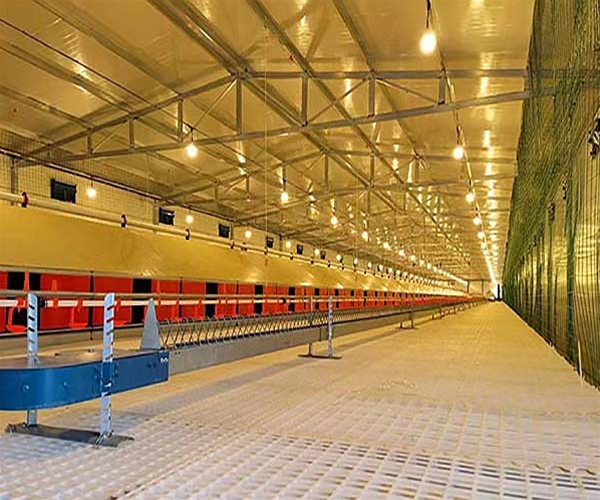The poultry farming industry has undergone significant changes in recent years. Among the most important innovations is the A type automatic layer cage house. This system allows farmers to produce eggs efficiently, improve animal welfare, and reduce labor costs. Battery cages play a crucial role in this transformation, especially for large-scale operations. In this article, we will explore the benefits of an A type automatic layer cage house for 35,000 chickens and the role battery cages play in modern poultry farming.
What Is an A Type Automatic Layer Cage House?
An A type automatic layer cage house is a multi-tier poultry housing system. It is designed for laying hens and maximizes space by using vertical tiers. Farmers equip these cages with automatic systems for feeding, watering, egg collection, and waste management. This setup ensures hens live in optimal conditions while boosting egg production efficiency.
For a farm with 35,000 chickens, an A type layer cage system offers the ideal solution for high-density poultry farming. The system automates tasks such as feeding and egg collection, which reduces the need for manual labor and minimizes human error. Hens enjoy consistent access to food, water, and comfortable nesting areas. The automated features make farm operations run smoothly, even at large scales.
The Role of Battery Cages in Poultry Farming
Battery cages are small, individual enclosures used in poultry farming. These cages keep hens in a controlled environment that encourages maximum egg production. In a battery cage system, each hen has a designated space to eat, drink, and lay eggs. Farmers arrange the cages in rows, and they use automation to manage feeding, waste disposal, and egg collection.
Although battery cages have faced criticism for their impact on animal welfare, modern A type automatic layer cage systems address these concerns by providing a more humane environment for hens. These systems give hens enough space to move, stretch, and access food and water.
Advantages of A Type Automatic Layer Cage Systems
1. Increase Egg Production Efficiency
The most significant advantage of A type automatic layer cage systems is their ability to increase egg production. These systems provide hens with optimal living conditions that help them lay eggs consistently. Automation allows farmers to control light, temperature, and humidity, which all influence egg production.
2. Reduce Labor Costs
Automated poultry systems reduce the need for labor. An A type layer cage system uses automated feeders, waterers, and egg collection systems, which minimize manual intervention. These systems allow farmers to save on labor costs and improve operational efficiency.
Reducing human intervention also lowers the risk of errors, improving the health and productivity of the hens.
3. Improve Animal Welfare
Modern A type automatic layer cage houses prioritize the well-being of the hens. Unlike traditional battery cages, these systems meet animal welfare standards. The cages provide hens with enough space to move, nest, and stretch.
Although battery cage systems have faced criticism for confining hens, newer designs include features that improve comfort. The automated feeding and watering systems reduce stress, and ventilation keeps the hens comfortable.
4. Maximize Space Efficiency
The A type layer cage house makes the most of vertical space. This design allows farmers to house thousands of hens within a small footprint. By stacking cages in tiers, the system maximizes space and reduces the need for large land areas.
5. Manage Waste Effectively
Effective waste management is essential in poultry farming. In an A type automatic layer cage system, waste is removed automatically, keeping the environment clean. Manure gets collected and disposed of without manual labor. This process helps prevent contamination and disease, ensuring a healthier environment for the hens.
Automatic ventilation systems maintain airflow, keeping the air fresh and reducing harmful gas buildup.
How Battery Cages Enhance Poultry Farming
Battery cages remain an integral part of modern poultry farming. These cages allow farmers to practice high-density farming, making them ideal for large-scale egg production. Automated systems make managing thousands of hens more efficient.
Battery cages enable farmers to control hens’ environment precisely. They can adjust temperature, humidity, and lighting to optimize egg production. This control helps hens remain productive, even in challenging climates.
Conclusion
An A type automatic layer cage house for 35,000 chickens offers numerous benefits for commercial poultry farming. By integrating battery cages and automation, farmers can achieve high production rates while reducing labor costs. Although concerns about animal welfare persist, modern systems have been designed to meet animal care standards while maintaining high productivity.
As the demand for eggs continues to rise, farmers will need efficient, sustainable farming practices. A type layer cage systems provide a solution that balances productivity and animal welfare, making them an essential tool for the future of poultry farming.

